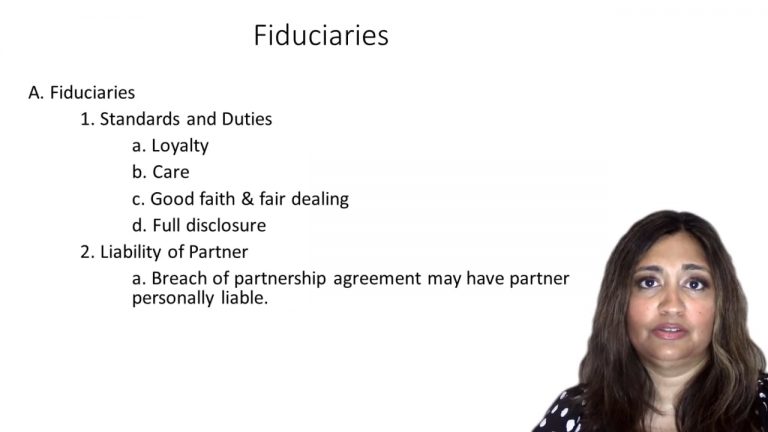SmartBrief
Confirm favorite deletion?
Business Associations Keyed to Bainbridge
Meinhard v. Salmon
Citation:
164 N.E. 545 (1928)
ProfessorTodd Berman
CaseCast™ – "What you need to know"
Facts
On April, 1902, Louisa M. Gerry leased to the defendant Walter J. Salmon the premises known as the Hotel Bristol in the city of New York. The lease was for a term of twenty years ending April 30, 1922. The lessees undertook to change the hotel building for use as shops and offices at a cost of $200,000. Salmon, while in course of treaty with the lessor as to the execution of the lease, was in course of treaty with Meinhard, the plaintiff, for the necessary funds. The result was a joint venture. Meinhard was to pay to Salmon half of the moneys and Salmon was to pay to Meinhard 40 percent of the net profits for the first five years of the lease. Salmon, however, was to have sole power to manage, lease and operate the building. The two were co-adventurers, subject to fiduciary duties. On January, 1922, the lease between Gerry and the Midpoint Realty Company was signed. Salmon had not told Meinhard anything about it. Meinhard demanded on the defendants that the lease be held in trust as an asset of the venture. The demand was refused.
Only StudyBuddy Pro offers the complete Case Brief Anatomy*
Access the most important case brief elements for optimal case understanding.
*Case Brief Anatomy includes: Brief Prologue, Complete Case Brief, Brief Epilogue
- The Brief Prologue provides necessary case brief introductory information and includes:
Topic:
Identifies the topic of law and where this case fits within your course outline.Parties:
Identifies the cast of characters involved in the case.Procedural Posture & History:
Shares the case history with how lower courts have ruled on the matter.Case Key Terms, Acts, Doctrines, etc.:
A case specific Legal Term Dictionary.Case Doctrines, Acts, Statutes, Amendments and Treatises:
Identifies and Defines Legal Authority used in this case.
- The Case Brief is the complete case summarized and authored in the traditional Law School I.R.A.C. format. The Pro case brief includes:
Brief Facts:
A Synopsis of the Facts of the case.Rule of Law:
Identifies the Legal Principle the Court used in deciding the case.Facts:
What are the factual circumstances that gave rise to the civil or criminal case? What is the relationship of the Parties that are involved in the case.Issue(s):
Lists the Questions of Law that are raised by the Facts of the case.Holding:
Shares the Court's answer to the legal questions raised in the issue.Concurring / Dissenting Opinions:
Includes valuable concurring or dissenting opinions and their key points.Reasoning and Analysis:
Identifies the chain of argument(s) which led the judges to rule as they did.
- The Brief Prologue closes the case brief with important forward-looking discussion and includes:
Policy:
Identifies the Policy if any that has been established by the case.Court Direction:
Shares where the Court went from here for this case.
Topic Resources
Topic Outline
Topic Refresher Course
Topic Charts & Notes

 3m 15s
3m 15s